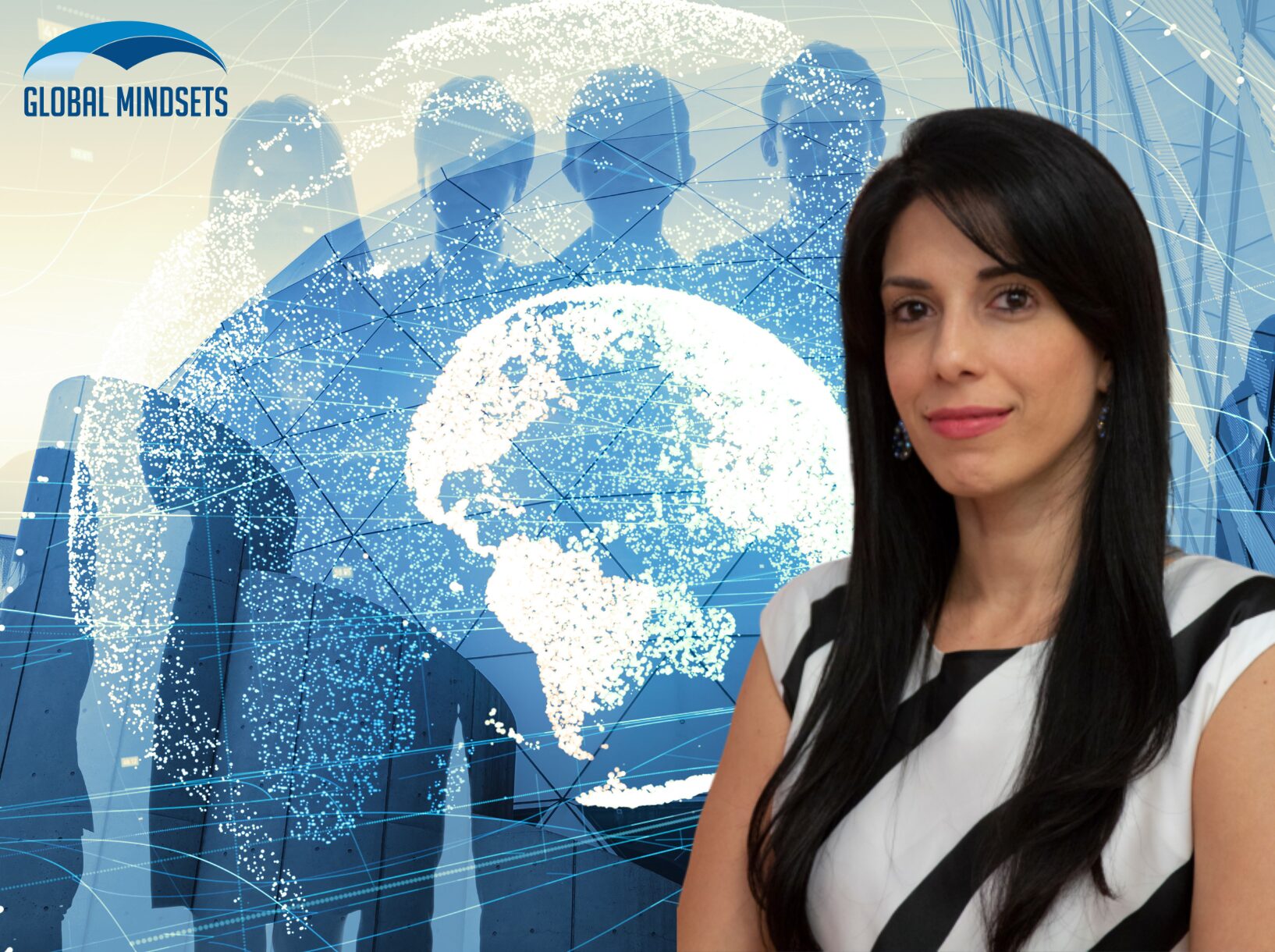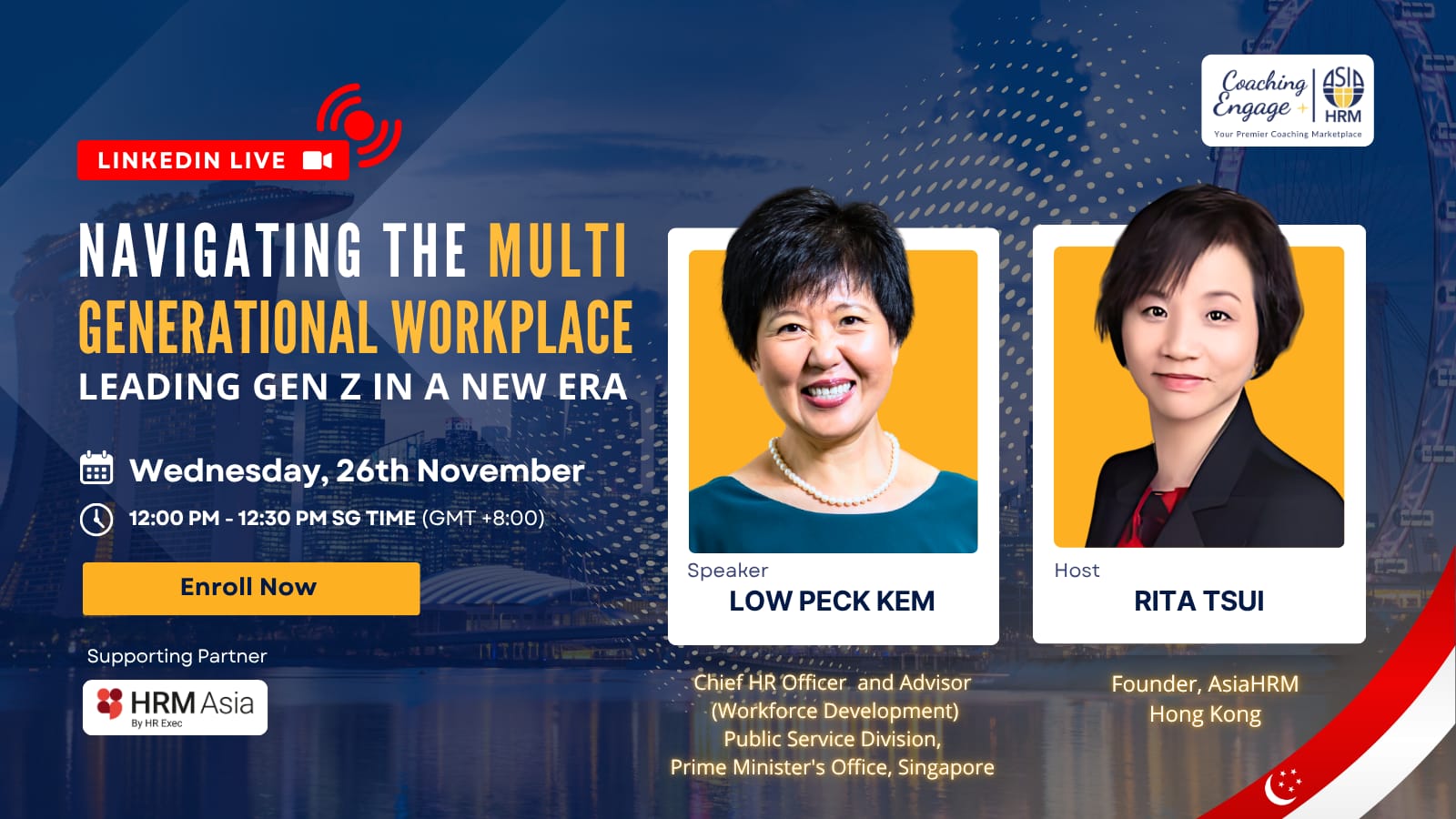Is your leadership style failing your multicultural team? How to adapt and succeed
- Josephine Tan

“Today, the focus has shifted to equipping people with the tools, skills, and mindsets to work effectively with any culture, even when they don’t know all the rules. It’s a move from knowledge-based learning to behavioural change where the key question isn’t ‘What do I know about this culture?’ but ‘How do I adapt the way I lead, communicate, or collaborate based on the cultural context I’m in?’” – Meital Baruch, Managing Director of Global Mindsets
Global connectivity and hybrid work models have redefined the leadership landscape, making cultural navigation a cornerstone of effective leadership and a strategic imperative for HR. As workplaces in Asia become increasingly diverse, traditional leadership styles are being tested, and organisations are compelled to rethink how they build, manage, and lead multicultural teams.
The landscape of cultural diversity in the workplace has seen a dramatic evolution, spurred by the pandemic’s shift to remote and hybrid work. Meital Baruch, Managing Director of Global Mindsets and co-author of the white paper Leading in the Age of Cultural Diversity, noted that this shift has brought both opportunities and new challenges.
She told HRM Asia, “One of the biggest shifts was the rise of remote and hybrid work during the pandemic, especially in hubs like Singapore, Hong Kong, and Tokyo. While these setups made cross-border collaboration easier, they also revealed deeper cultural gaps. Today, with teams more distributed than ever, the chances for misunderstandings and friction have grown.”
This challenge is magnified in many Asian cultures where building trust is deeply rooted in face-to-face interaction. “In many Asian cultures, where face-to-face connections and relationship-building are deeply valued, building trust through a screen can feel unfamiliar or even uncomfortable,” Baruch added.
The white paper, which surveyed over 30 leaders based in Asia, highlighted three persistent challenges in managing multicultural teams: communication gaps, adapting leadership styles, and overcoming stereotypes. These issues, if left unaddressed, can lead to costly misunderstandings and damage team cohesion.
A critical hurdle for many leaders is the “clash of expectations” that arises when their leadership style does not align with the cultural norms of their team. Baruch pointed to a frequent blind spot among leaders: the assumption that professional expertise is a universal passport to effective management.
“One common blind spot I see is the assumption that technical expertise or experience alone is enough to lead across borders,” she said. “Many leaders underestimate how much culture shapes people’s expectations, whether it’s how they give feedback, handle conflict, or manage projects.”
The white paper illustrated this with an example of a leader whose participative style was misconstrued as incompetence in a hierarchical culture, causing the team to lose confidence. Baruch shared a more recent case of a European leader in Singapore whose attempt to empower a new team through high autonomy backfired.
“Instead of feeling empowered, the new team felt uncertain,” Baruch recalled. “Without clear guidelines or structured support, they weren’t sure what was expected. What was intended as trust was experienced as absence, and it led to confusion, frustration, and eventually disengagement.”
The solution lies in a leader’s ability to be flexible. The white paper advocates for leaders to “flip your mentality” to match the cultural context, whether it is being “Korean on Monday mornings” or “Australian on Tuesday afternoons.” Baruch emphasised that adaptation is a two-way street, but the onus often falls on the leader to adjust. “Another frequent blind spot is the expectation that the team should adjust to the leader’s style, rather than the leader adapting to the team’s cultural context, especially in Asia, where hierarchy and respect for authority are often the norm,” she noted.
From knowledge to action: The new face of intercultural training
With cultural intelligence now a strategic HR priority, the approach to training has evolved. Over half of the leaders surveyed in the 2020 white paper believed intercultural training was relevant, but with a caveat: it needs to be practical and technologically accessible.
Baruch argued that modern training must move beyond static cultural fact sheets. “Today, the focus has shifted to equipping people with the tools, skills, and mindsets to work effectively with any culture, even when they don’t know all the rules,” she stated. “It’s a move from knowledge-based learning to behavioural change where the key question isn’t ‘What do I know about this culture?’ but ‘How do I adapt the way I lead, communicate, or collaborate based on the cultural context I’m in?’”
READ MORE: “Architects of people and culture”: Inside Shiseido’s award-winning HR strategy
Effective programmes now use simulations, industry-specific case studies, and a blend of learning formats—from in-person workshops to ongoing coaching—to foster real behavioural change.
One of the key recommendations for leaders is to encourage open communication and develop a deep understanding of their team members on an individual level. This approach helps dismantle stereotypes—the “cultural boxes” that oversimplify and often misrepresent individuals. As the white paper suggested, focusing on individuals helps to break down these barriers and build stronger relationships.
Looking ahead, Baruch believes the most critical leadership capabilities will be those that are uniquely human. “As more tasks become automated, the leadership capabilities that matter most will be the ones machines can’t replicate, especially the ability to build relationships and connect with people who are different from us,” she asserted.
So, what is the most crucial piece of advice for HR leaders tasked with building these high-performing, multicultural teams?
“My one piece of advice would be to identify, empower, and support team members with multicultural experience or background who can play a powerful role as informal cultural mediators,” Baruch advises. “These team members often know how to bridge differences and can help others interpret behaviours, clarify misunderstandings, and build trust across the team…Sometimes, the cultural bridge is already sitting in the room. You just need to recognise who they are and give them a role.”






